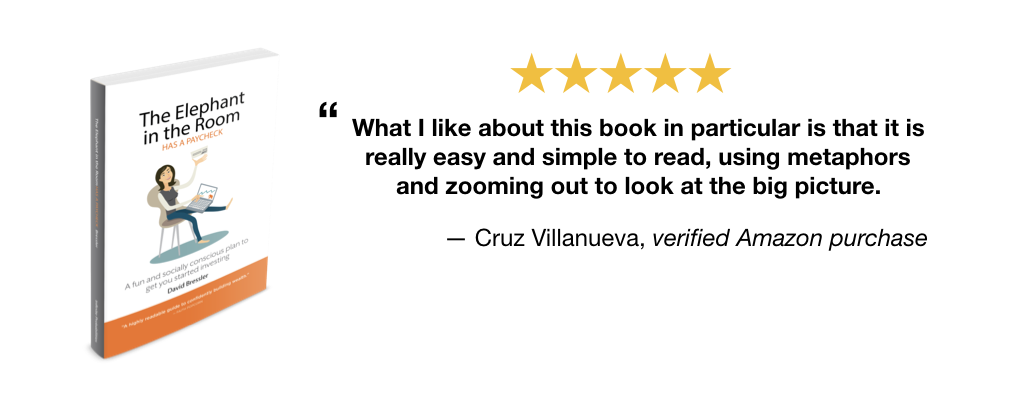If the stats in this Wall Street Journal piece are any indication, you won’t.
In 2013, nearly half of US Households didn’t even have a retirement savings account. For those that do, the amount saved isn’t nearly enough to fund retirement. Especially as we live longer:
And the savings gap is worsening. Fifty-two percent of U.S. households are at risk of running low on money during retirement, based on projections of assets, home prices, debt levels and Social Security income, according to Boston College’s Center for Retirement Research. That is up from 31% of households in 1983. Roughly 45% of all households currently have zero saved for retirement, according to the National Institute on Retirement Security.
The way Americans prepare for retirement is, well, uniquely American
The thing is, we’re not approaching the problem correctly. I often joke about Americans who travel into non-English speaking countries. When they meet people who don’t speak English, they repeat what they’re saying (in English) slower and louder. Talking slower and louder doesn’t won’t make someone understand English if they don’t speak the language.
Talking slower and louder won’t make someone save for retirement if they don’t speak the language of money. And why should they if it’s not taught in schools and not proper to speak about at home?
“I go around the country. The thing that people are terrified about is running out of money,” says Phyllis C. Borzi, a U.S. Labor Department assistant secretary and retirement-income expert.
“It’s a little easier saying it than doing it,” he says.
Of course it’s easier to say than do… the metrics we use determine our investing success don’t motivate the behavior we want to encourage (they help us pay our taxes… but that’s another story).
Metrics used 2 judge investing success don’t motivate habits needed to build sustainable wealth Click To TweetHere’s the thing. You can see it in the article too –
Financial experts recommend people amass at least eight times their annual salary to retire.
By measuring the pile of money you save, you still need to factor in how much of it you can spend, the timing of selling, growth rates, future inflation, healthcare expenses, emergencies, and so on… all of which are at best rough guesses.
We don’t ask our employers how much they’ll pay us in aggregate as long as we work? We ask for a salary, a paycheck. We may try to understand how an employer handles raises and promotions so we can get a sense of expected salary growth. Then, based on our paycheck and career prospects we create a financial life that balances our needs and our income.
Why can’t we do that with an investing portfolio? (Oh wait, you can.)
Why do we measure an investment portfolio differently from a “side business” that generates income? Because of taxes? Well, we can pay our taxes AND measure things that help motivate the behavior we want to encourage — long term savings that grow sustainable wealth.
If you’re curious how to track measurements of your portfolio’s success that motivate long term wealth building, sign up for my free 5‑part email course that walks you through four key metrics and how to track them in a Google Doc (because Google Docs can easily link to market data that makes tracking your investments less burdensome).
If you don’t own any stock, or want to get started in a modest way, the course introduces you to Stockpile, the most frictionless way to get started investing (and to gift stock to others so that you can give the gift of a financial education to those you love). Stockpile will even give you $5 to get started.


Let me know what you think